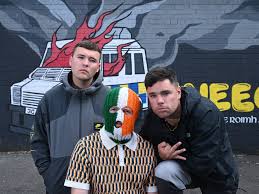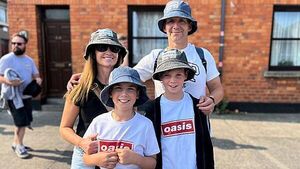The Rise of Jafaican: A Unique Blend of Cultures

Introduction
Jafaican is a fascinating linguistic phenomenon that blends Jamaican Patois with British English, reflecting the multicultural tapestry of urban Britain, particularly in London. This hybrid dialect has emerged from a complex interplay of cultural identities, representing not only the influences of Jamaican culture but also the broader spectrum of urban British life. As globalisation continues to shape societal norms, understanding Jafaican offers valuable insights into British youth culture and multiculturalism.
What is Jafaican?
Jafaican, often referred to in a colloquial context, combines elements of Jamaican Patois and various British English dialects. The term itself is a portmanteau of ‘Jamaican’ and ‘Jafaican’, commonly used to describe the language adopted primarily by some young people in the UK, especially those of Jamaican descent. This vernacular incorporates distinct phonetic elements and vocabulary taken from both linguistic backgrounds, creating a unique way of speaking that resonates with cultural pride and identity.
Popularity and Influence
The rise of Jafaican is closely linked to the emergence of grime music and the increased visibility of multicultural communities within the UK. Artists like Dizzee Rascal and Stormzy have often infused elements of Jafaican in their lyrics, broadening its reach beyond local slang into mainstream music. As youth culture embraces this form of expression, Jafaican has grown to symbolise urban identity and the resilience of cultural mixing, acting as a unifying language for young people navigating diverse backgrounds.
Challenges and Misunderstanding
Despite its popularity, Jafaican has faced challenges regarding its acceptance and understanding within broader society. Some older generations and conservative segments view it as slang or improper English, while others appreciate it as a legitimate form of communication. This divide highlights the broader issue of linguistic evolution and cultural acceptance, as language continuously adapts to reflect societal changes.
Conclusion
As Jafaican continues to evolve and spread among younger populations, it remains a defining feature of London’s urban culture. Its significance extends beyond mere communication; it stands as a testament to the unity in diversity that characterises modern Britain. Recognising and appreciating Jafaican can foster greater understanding of cultural identity among the youth, paving the way for more inclusive dialogue about the intersections of language, culture, and race in the UK. As we embrace these shifts, the future of Jafaican may further enrich the linguistic landscape of urban British life.








